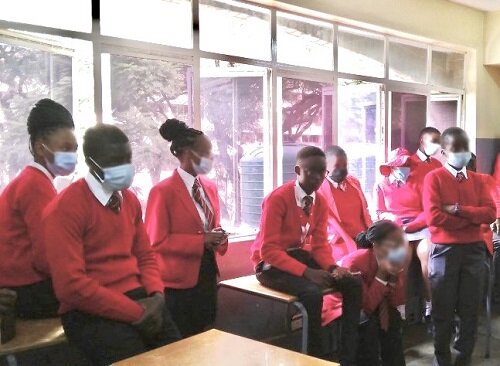
In some African countries that have traditionally faced issues such as undernourishment and hunger, being overweight is perceived as a good sign of health and prosperity. However, in most of these countries, a malnutrition paradox is evident. Obesity, a chronic disease that affects millions of people worldwide, is increasing at an alarming rate in countries like Zimbabwe, where the consumption of processed, energy-dense foods associated with western lifestyles, has been adopted.
A study led by graduate student Ashleigh Pencil, from the Graduate School of Human Life Science at Osaka City University, and Dr. Naomi Hayami, from the Graduate School of Human Life and Ecology at Osaka Metropolitan University, shed light on the prevalence of obesity and the factors associated with low obesity awareness among 423 school-going adolescents aged 14 to 19 years, in Harare, the capital city of Zimbabwe. Their findings were published in Nutrients.
Results showed that 15.8% of the participants were obese or overweight, and the proportion was particularly high among girls. Similarly, low obesity awareness was observed in 27.1% of the adolescents with a higher proportion among girls. The study also found that a lack of formal education among household heads and adolescents’ poor eating habits are two significant factors associated with low obesity awareness among adolescents.
“The findings highlight the need to close the gap in obesity awareness among adolescents in Zimbabwe,” said Ms. Ashleigh Pencil. “We hope to develop obesity prevention and nutrition education intervention programs that engage the household heads and children to educate them about diet-related diseases.”
More information:
Ashleigh Pencil et al, Prevalence of Obesity and the Factors Associated with Low Obesity Awareness among Urban Adolescents in Harare, Zimbabwe, Nutrients (2023). DOI: 10.3390/nu15102302
Journal information:
Nutrients
Source: Read Full Article
